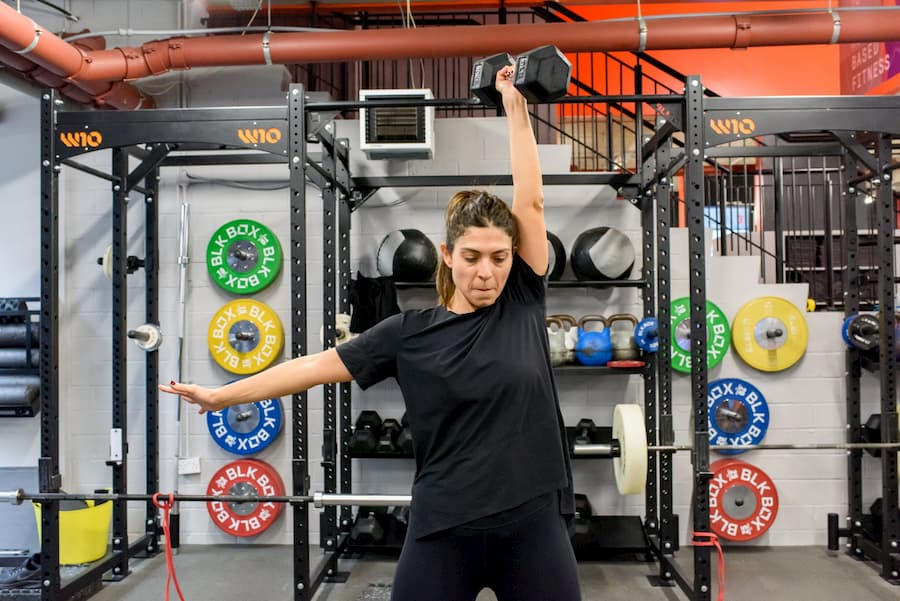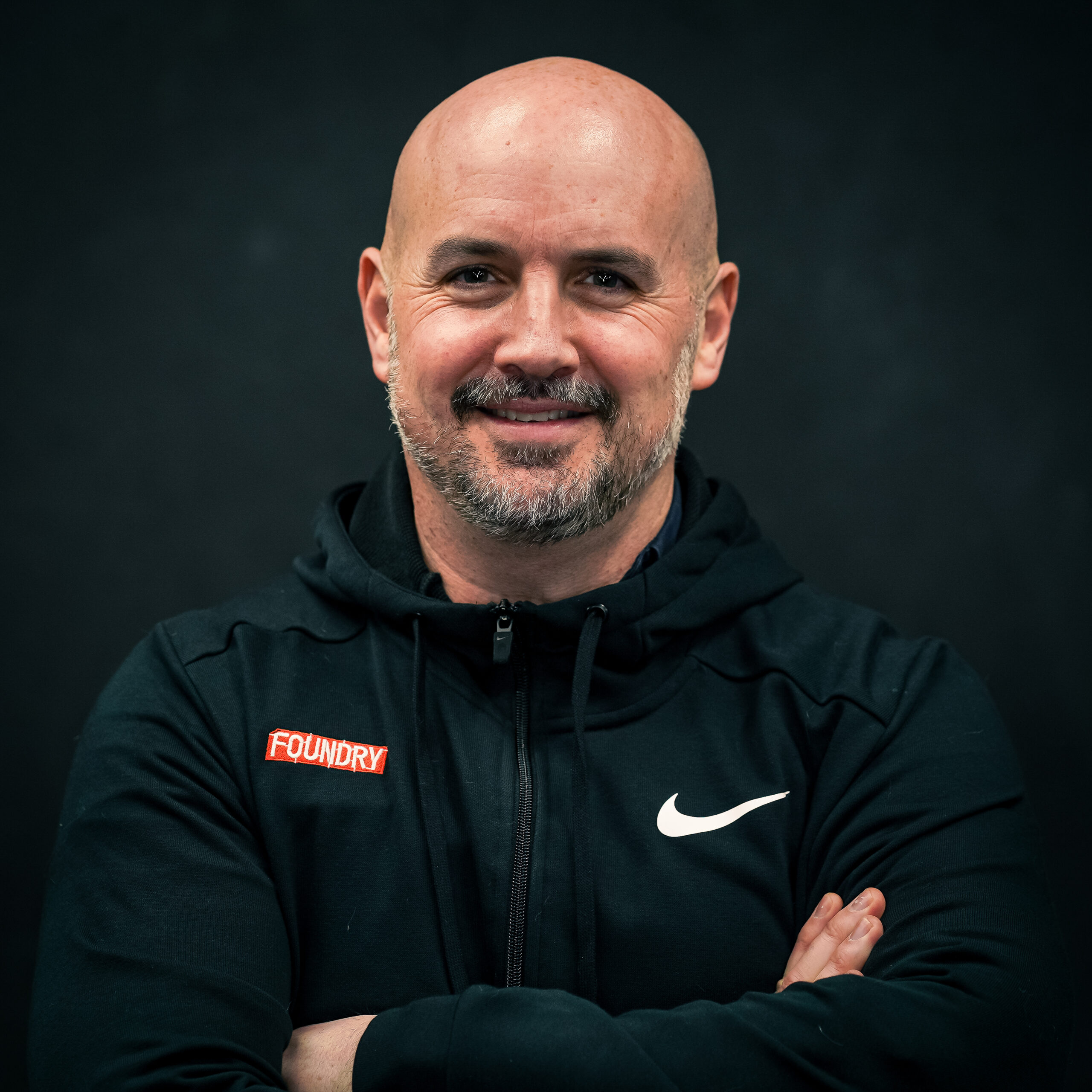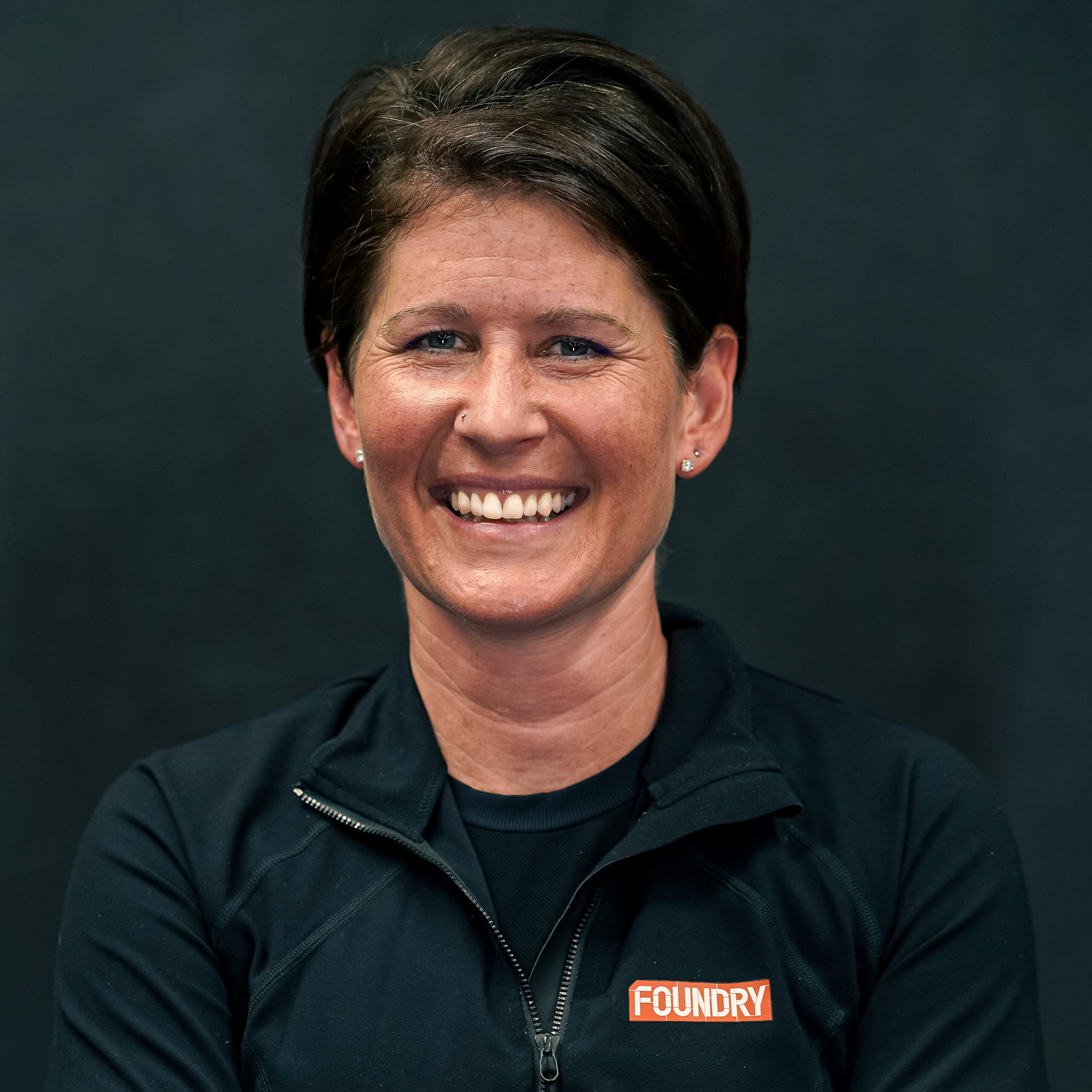
Categories
How To Effectively Train Your “Core”
There seems to be some confusion as to what the core is. Most people seem to see it as just the abdominals, when you really need to think of it as more of a collective. Having a strong core includes the abdominals, but it also includes just about everything else between your shoulders and your hips.
As a general rule of thumb we don’t throw a tonne of crunch variations at people purely because most people simply don’t need it. Dr Stuart McGill, who is probably the most respected researcher in spinal injuries related to exercise, argues that we only have a certain amount of cycles through flexion and extension of the spine before we will inevitably suffer an injury.
Having said that not all crunch variations are ‘dangerous’. One we do like is the reverse crunch variation, as it targets the lower abs, which is an area that is notoriously weak in most people.
A solid foundation of core strength needs to be laid before you move onto exercises that need stability through the trunk, exercises such as squats and deadlifts for example. You need to develop both strength and symmetry. Core strength has a big effect on how we function as a whole. Asymmetries in the core for example, will likely transfer to asymmetries from one limb to limb another – in other words, one imbalance is highly likely to lead to another.
Here are videos of some of our favourite core exercises
As a pre-requisite to squatting and other bigger movements, we like people to be able to hold an isometric horizontal back extension for 60 seconds. Peoples spinal erectors are often weak, especially in beginners, and this help iron this out.
We like people to be able to fully brace and have the ability to resist rotation (twisting), extension (back bending) and lateral flexion (side bending). We start people on Pallof Holds, with is a great ? core exercise when learning how to resist rotation
When it comes to resisting extension and lateral flexion plank variations can be used and progressed or regressed where needed. They are a very common exercise, often performed badly, but they are a great exercise for base stability.
Core Workout
Advanced Core Circuit
Core Finisher Workout
Core Exercise for Lower Back Pain – Part 1
Core Exercise for Lower Back Pain – Part 2
If you have any questions on the above or would like some advice on how we could help you with your fitness goal, don’t hesitate, visit our City of London personal training gym and try one of our personal training sessions.
Related Articles
- Do We Need Core Training?
- The Core Training Myth
- Exercises To Help You Get A Well Conditioned Core
- Advanced Core Circuit with Resistance Band
- Pallof Press: Benefits, Exercise & Variations


